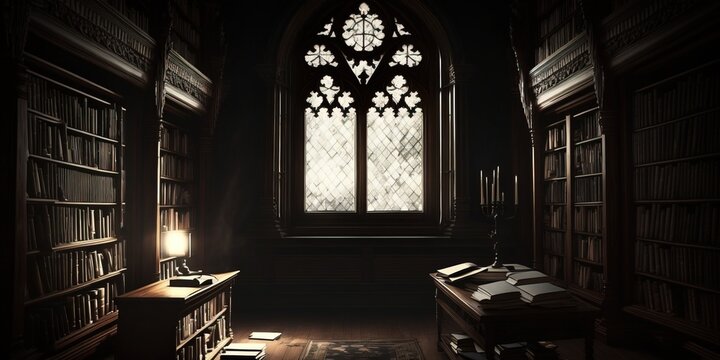
FAQ About Gothic Literature
Gothic Literature
2 years ago | gizem
How does Gothic Literature use elements of the past to create its atmosphere?
Gothic Literature often uses elements of the past to create its distinctive atmospheric settings and themes. This temporal layering, which includes references to historical periods, architecture, and traditions, contributes to the genre's sense of mystery, nostalgia, and the uncanny. Here's how Gothic Literature incorporates elements of the past to shape its atmosphere:
- Historical Settings: Many Gothic stories are set in the past, often in medieval or Victorian periods. These settings evoke a sense of historical authenticity and distance from the contemporary world. Authors might use historical accuracy or deliberately distort historical details to create a sense of otherness.
- Ancient Architecture: Gothic architecture, which reached its peak during the medieval period, plays a significant role in the genre. Characters often inhabit castles, monasteries, and mansions with Gothic architectural features like pointed arches, vaulted ceilings, and elaborate stone carvings. The architecture itself can become a character and contribute to the eerie atmosphere.
- Decay and Ruin: Gothic Literature frequently portrays once-magnificent structures in states of decay and ruin. These decaying settings mirror the decay of characters' morals, minds, or the societies they inhabit. The past glory of these places stands in stark contrast to their present dilapidation.
- Historical References: Authors may include historical references, such as ancient texts, manuscripts, or legends, to add depth to the narrative. These references often contain secrets, curses, or knowledge that characters seek or are haunted by.
- Gothic Revival: Some Gothic literature incorporates the Gothic Revival movement of the 18th and 19th centuries. This architectural and artistic movement sought to revive and emulate the aesthetics of the medieval Gothic period. Authors may use elements of this revival, including neo-Gothic architecture and art, to create their settings.
- Medievalism: The genre often incorporates elements of medievalism, where characters and settings evoke the customs, language, and beliefs of the medieval era. This can include chivalric codes, feudal systems, and superstitions.
- Historical Events: Historical events or periods of upheaval, such as wars, revolutions, or plagues, may serve as a backdrop to Gothic stories. These events add a sense of turmoil and uncertainty to the narrative, contributing to the eerie atmosphere.
- Ancestral Secrets: Gothic narratives often involve ancestral secrets and family histories that are rooted in the past. Characters may uncover dark truths about their lineage or inherit curses and obligations from their ancestors.
- Retrogressive Themes: Some Gothic works explore retrogressive themes, where characters regress to earlier, more primitive states of being. This regression can be linked to past traumas or repressed memories.
- Haunting and Ghosts: The past is often associated with hauntings and ghostly apparitions in Gothic Literature. Characters may be haunted by the sins or memories of their predecessors, blurring the line between past and present.
- Timelessness: Gothic Literature can create a sense of timelessness, where the past and present coexist. This blurring of temporal boundaries contributes to the genre's dreamlike and uncanny atmosphere.
